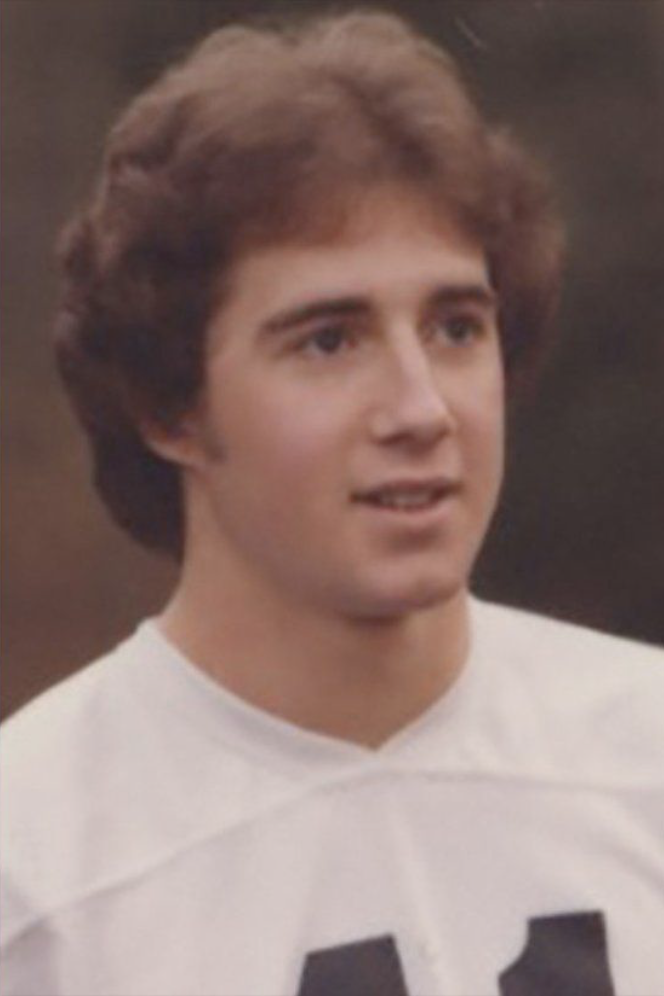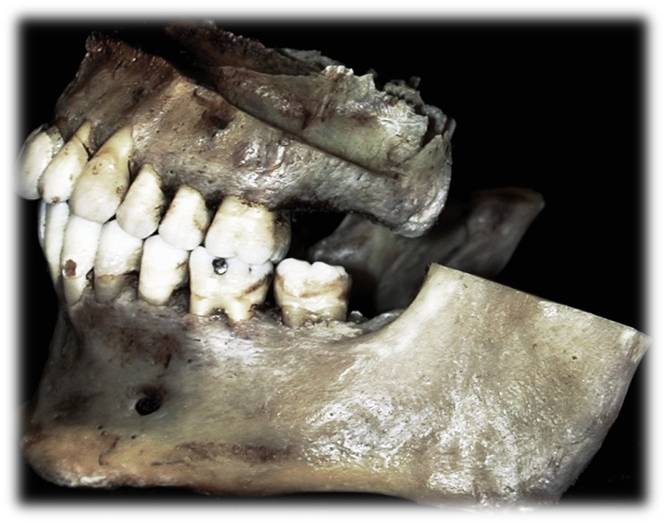The defense was not banking its case entirely on witnesses that could contradict prosecution witnesses. There simply weren’t enough witnesses available to refute the State’s witnesses one-by-one. That’s where the array of defense experts came in. They were matched to the specialties of each prosecution expert, mano-a-mano, with a few toppers thrown in for good measure. A cynic might argue they were the best that money could buy, although they came despite the State’s superior resources.
Finding Dean Moon
Their dental expert, for example, was held-up as a paragon of expertise. Among his many titles was Chief Forensic Dentist for the California Department of Justice’s Missing/Unidentified Persons Unit, for chrissakes. His target? Dean Moon.

Of the five teeth he looked at, the dentist said two were badly shattered or burned. One root bore “some similarities to Mr. Moon’s x-rays,” he opined, but there was very little resemblance, because “there just wasn’t enough tooth left to make a determination.” The defense expert also dismissed the State’s claim that three other tooth fragments were “consistent to probable” matches of Dean Moon’s teeth.
“If you were called in to a case involving, let’s say a million dollar insurance policy on Dean Moon’s life,” Weidner asked provocatively, “would you come in with an opinion saying that the carrier should pay off on the policy, given what you’ve seen?”
“No, sir, not on this evidence.”

Degrees of Uncertainty
But prosecutor Pat Gullufsen had something else in mind for the good doctor. On cross examination, he got the defense expert to concede there were probably hundreds of tooth fragments amidst the Investor debris. “Are you drawing any conclusions about whether Dean Moon was on the boat with your inability to find any of his teeth on the boat?” the assistant district attorney asked.
“I analyzed the five fragments that the state’s expert felt were consistent with Dean Moon,” the forensic dentist replied, poised to make another concession. “I wasn’t drawing any conclusions about whether Moon was ever on the boat.”
Pretty Much Doesn’t Cut It
Philp Weidner was not one to let a statement like that pass uncontested. The following day, when the defense expert resumed his testimony, Peel’s attorney pressed the forensic dentist for a more definitive answer. The expert responded by saying that the tooth fragments from the Investor were like “smudged fingerprints” that couldn’t prove Dean Moon was dead. “There’s very definite doubt,” Dean Moon died on the Investor, he told Weidner.
In counterpoint, Gullufsen noted that two of the fire-scorched biscupid roots found on the Investor had “pretty much the same curve” as Moon’s pre-death x-ray.
“Pretty much doesn’t cut it,” the dentist replied scathingly.
The dentist contended that no particle of dental remains thought to be from Dean Moon had any certainty of belonging to him. But while the defense expert refused to say the dental remains were from Moon, he conceded that he couldn’t positively rule them out.
That was a major concession, but Judge Schulz got the impression that no one on the jury even noticed. “It went right over their heads.”
Excerpts from the unpublished original manuscript, “Sailor Take Warning,” by Leland E. Hale. That manuscript, started in 1992 and based on court records from the Alaska State Archive, served as the basis for “What Happened in Craig.”
Copyright Leland E. Hale (2020). All rights reserved.

Order “What Happened In Craig,” HERE and HERE. True crime from Epicenter Press.